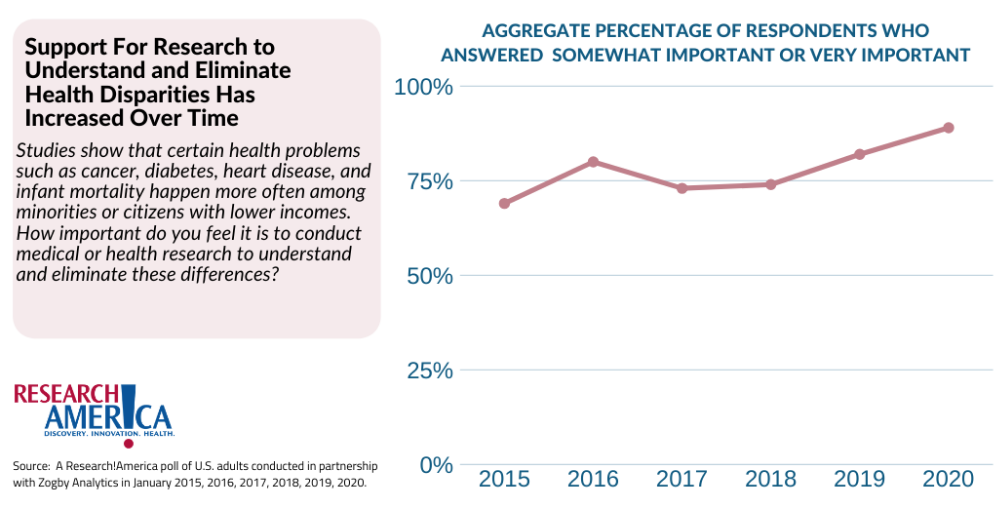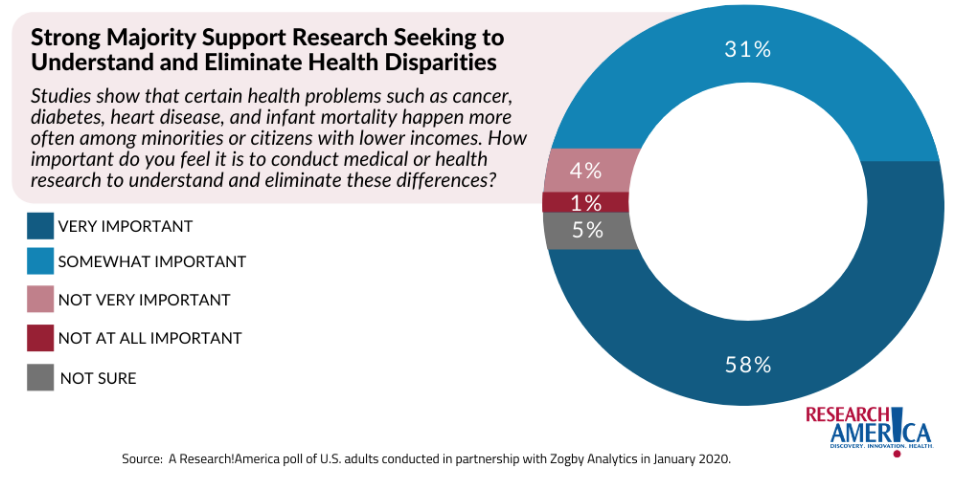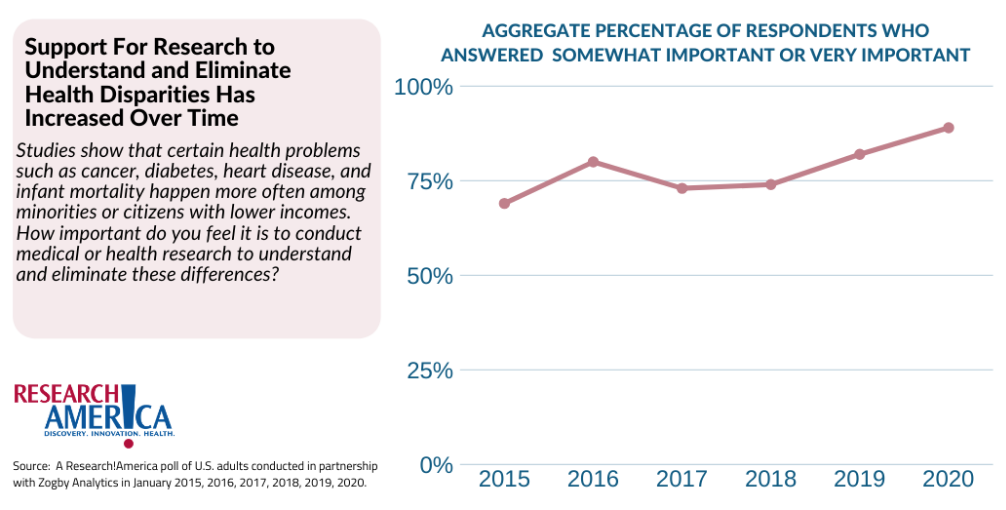COVID-19: Social Distancing Sheds Light on Health Disparities

A recent webinar series hosted by the American Public Health Association (APHA) and the National Academies of Medicine (NAM) explored the topic of health disparities. The message? Health disparities must be considered in regard to social distancing efforts to mitigate the spread of the COVID-19 pandemic. The information shared by panelists — public health leaders from across academia, government, and the private sector — included discussion of the growing divide in preparedness knowledge and access to resources between socio-economic segments in the United States.
Mitch Stripling, the National Director for Emergency Preparedness and Response at Planned Parenthood, affirmed in Part 1 of this webinar series that equity must be at the forefront of our current efforts because those who focus more on their paycheck than their health are currently facing exacerbated risks. Social distancing and the associated impacts on the economy have created a rift where not all citizens are being treated with equal value, he added. Many of those most at risk for COVID-19 infection are out of their homes working with less access to information than those working from home. Coupled with the reality that this demographic tends to be under-resourced and has higher rates of comorbidities and chronic conditions that reduce their infection-fighting abilities, inequities in social distancing have the potential to solidify health disparities that are already stratified by socioeconomic standing in the U.S.
Research!America has regularly commissioned surveys and asked respondents about views toward research to eliminate health disparities. In our 2020 commissioned survey, 89% of respondents said this is an important focus for research efforts. Public awareness of health disparities, as both a concept and an actionable cause has increased greatly in recent years.
 Trend data from this question dating back to 2015 show that, generally, Americans find research to eliminate health disparities an increasingly important focus, up 20% from 69% in five years.
Trend data from this question dating back to 2015 show that, generally, Americans find research to eliminate health disparities an increasingly important focus, up 20% from 69% in five years.
But how, explicitly, might these issues be an opportunity for research on health disparities during the pandemic, as they relate specifically to social distancing? Dr. Jason Karlawish, Professor of Medicine, Medical Ethics and Health Policy, and Neurology at the University of Pennsylvania Perelman School of Medicine gave a sense of what populations should be weighted as most vulnerable in Part 2 of the webinar series. Dr. Karlawish detailed factors impacting vulnerability including whether health care insurance is tied to an individual’s employment; if they are living privately or communally; if they are currently working or capable of working remote jobs; and if they have general access to technologies such as the internet (which approximately 10% of the population currently lacks). Dr. Karlawish highlighted that these issues on their own, and in conjunction with overt health issues such as those currently living with chronic conditions and requiring physical contact for survival, those in ‘total institutions’ such as prisons and college campuses that require proximity to operate, or those with physical and/or mental impairments that limit autonomy, make it apparent that certain populations are clearly more vulnerable to the impacts of social distancing than others. Thus, these groups need to be recognized and treated differently than populations that inherently have lower risks due to societal factors.
As Dr. Jennifer Nuzzo, Senior Scholar, Johns Hopkins Center for Health Security, commented, vulnerable populations have a long road ahead of them. Data is surfacing which shows a disproportionately negative impact on people of color. Georges C Benjamin, MD, Executive Director of the APHA, emphasized in a recent Research!America Alliance member call that U.S. cities are already seeing higher mortality rates in marginalized communities that experience higher comorbidities such as congestive heart failure and diabetes.
For more reads that explore this pertinent issue, the New York Times published an article indicating that black communities are being more significantly impacted. Further, a recent article in The Hill identifies that distancing efforts exacerbate disparities. Additionally, the Harvard Health Blog notes that those with substance use disorder are especially vulnerable during this time.
For more information on social determinants of health during this time, refer to this article and review Research!America’s new fact sheet on Health Disparities to stay informed.
This blog post was written by Mark Von Eisenburg, science communications intern at Research!America. The Science Communications internship is sponsored by the Burroughs Wellcome Fund.




